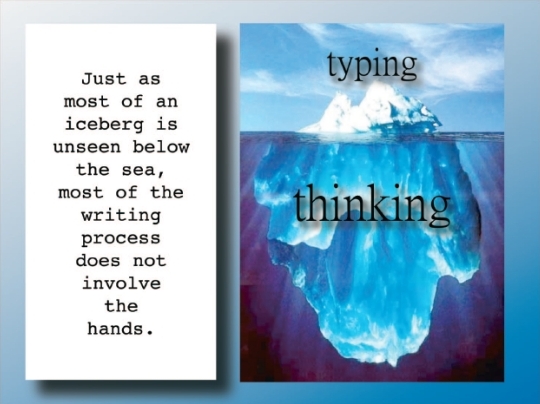 What is actually accomplished by reflecting on a document or artifact in a
What is actually accomplished by reflecting on a document or artifact in a
portfolio?
The conclusions below are based on actual experiences that came from 12 reflective writings using the four dimensions of reflection.
Thinking back to an experience may lead to the following upgrades in learning:
- The learning is clarified.
- Memories turn into specific outcomes of learning.
- Past learning becomes meaningful to present circumstances.
Reflecting back may also lead to learning about one’s self such as:
- A key element of personality that is a driving force in decision- making.
- A recognition or affirmation of personal core beliefs and values.
- A creation of a new learning or life goals
Thinking forward may lead to these implications of learning:
- The learning is solidified through practice.
- Gaps in learning are identified.
- The learning changes previous behaviors.
Thinking inward about prior learning may open up the following new levels of learning:
- The learning becomes more relevant and meaningful to the present.
- The learning creates new perspectives.
Reflecting inward and connecting with emotions may lead to learning such as:
- Recognition of life patterns, positive or negative.
- Development of new strategies for dealing with emotional life situations.
Thinking outward may allow for these expansions of learning:
- The learning creates a greater self – awareness.
- The learning generates understanding of others.
- New or different concepts can be more fully understood.

Hi, Karen,
May I be presumptious enough to add two more points?
Under the heading ‘Thinking inward’ I would add another sub-heading with two points:
Reflecting on others’ observations:
* Others’ observations may clarify or add to my understanding,
* Others’ contradictory observations may reinforce my own convictions.
The post before very much helped me to understand this one. Actually I’m just realizing that I do this on my own a lot. You’re saying that a portfolio helps with this?
Hi, Tamara,
Yes, an ePortfolio helps in so many ways, primarily in focussing one’s thoughts and reflections in terms of what a particular audience understands from my writings and also the responses that they may give. Unlike a blog which tends to be linear the ePortfolio allows the owner to organise or re-use comments, feedback or polls. This may lead to the total restructuring of an essay or a rearrangement of a graphic design etc.
Above all, an ePortfolio can allow the same artefact to be presented to different audiences, eg tutor, mentor, peers or a potential employer without the different groups necessarily knowing that others have provided some form of collaboration to my efforts.
Pingback: Back. Forward. Inward. Outward. « PrattleNog
Love the iceberg comparison. I tend to be sometimes too concrete and ignoring what’s going on beneath the surface that may be equally or more important to what’s going on at the surface or on the computer. Thank you for the added insight into the reflection process.
Ray
I am teaching a selective for MBChB third year students using the medium of medical movies to teach them reflective practice. What can you maybe suggest as some outcomes to specifically focus on
Great question. Reflections are challenging learning outcomes since they are difficult to measure fairly. The best method is to list specific criteria that you would like the students to include in their reflection.